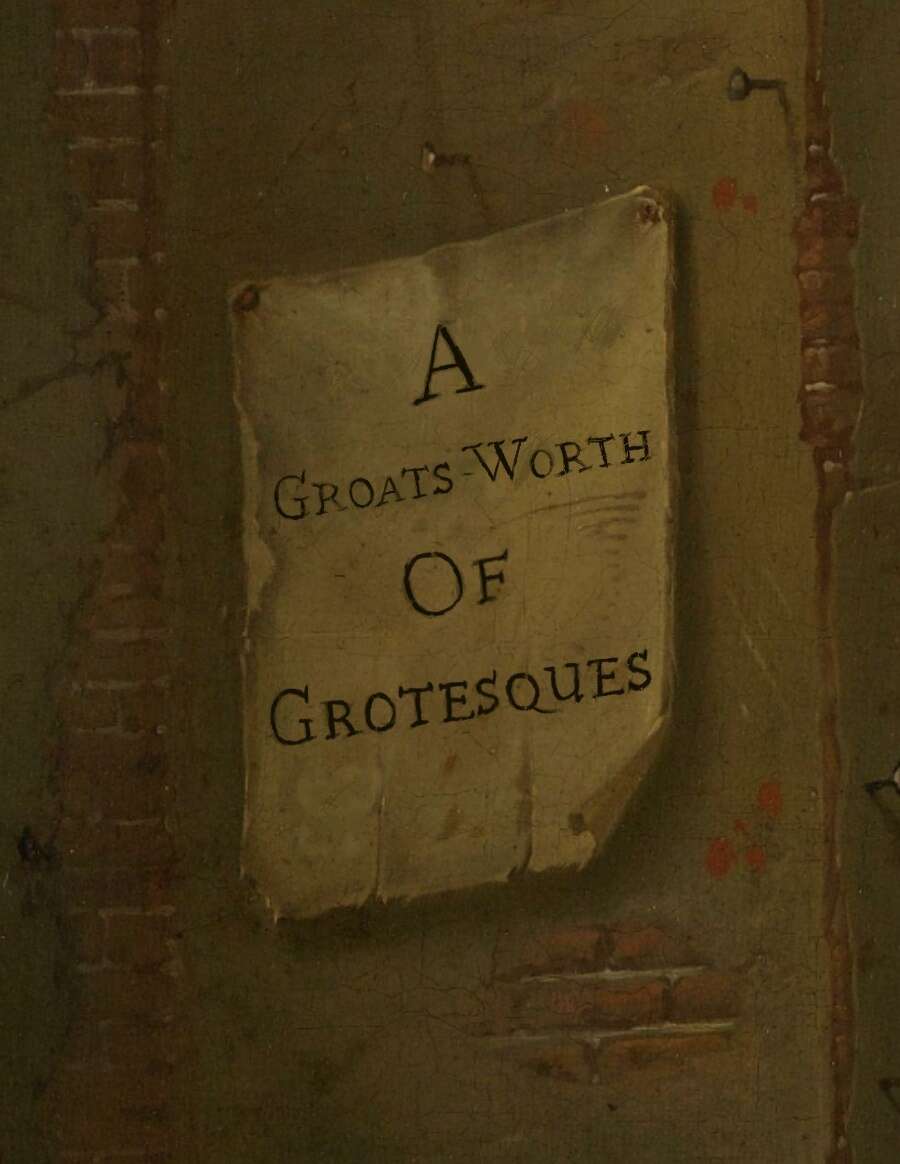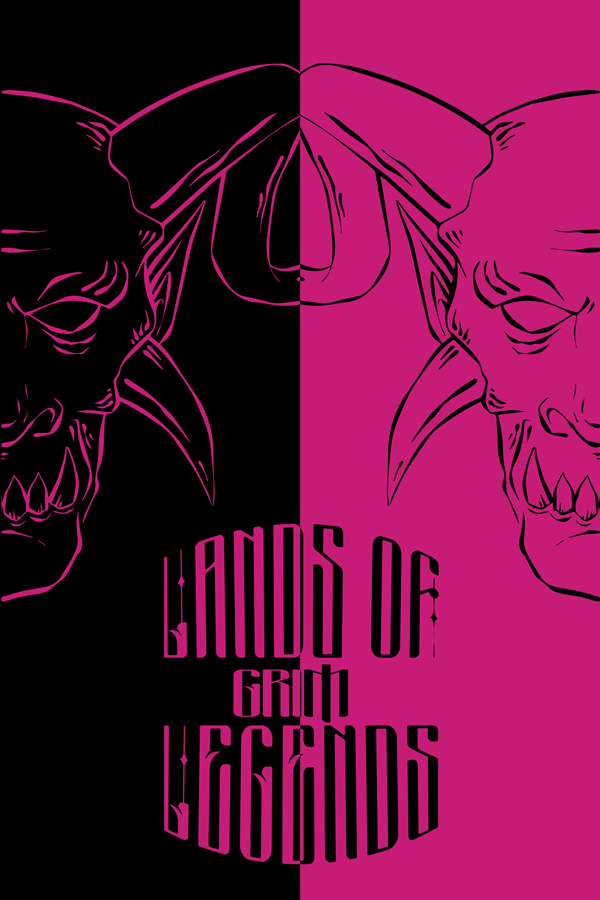So hey today it's Talk Like a Pirate Day, so here's 20 sea-themed encounters and events for your OSR campaign, straight from Lands of Legends Grim and Lands of Legends Mundane!
Roll a d20.
- The Lost Merchant. A middle-aged man floats on the waves, clinging to a splintered mast. He screams for assistance as soon as he sees the heroes' ship. Hailing from some distant land, he may or may not speak any of the languages known by the group, but his fine jewels and his patronizing attitude speak for some wealthy origin, and a possible reward for bringing him back home.
- Message in a Bottle. Heroes spot a corked bottle floating on the waves. It contains (roll a d6): 1: a pirate’s last will and treasure map; 2: a nautical chart; 3: a love letter; 4: a madman’s ravings, 5: a shipwrecked or slave’s plea for rescue; 6: a spell or cursed scroll. Roll another Sea Encounter or Area for further details, if needed.
- Floating Coffer. This damaged wooden coffer floating on the waters contains (roll a d6): 1: d6 bottles of excellent wine; 2: some minor treasure; 3: common tools; 4: a partially deteriorated spellbook; 4: a collection of bizarre trinkets; 5: a set of medial tools; 6: whatever comes to your mind, as long as it’s lighter than the box.
- Dolphins. A school of dolphins or narwhals approaches the ship and follows it for d6 days.
- Sea Giants. Large fins and flat tails can be seen emerging from the waves: 2d6 huge cetaceans (whales, narwhals or blackfish) seem to have gathered here, or are migrating together (roll for a random direction). Sailing away from these behemoths might be a smart move, but trying to fish some might be more rewarding.
- Ships! Two ships appear on the horizon. They are very close to each other and smoke rises from one: it’s a pirate attack. Will the heroes rush to help the assailed sailors or mind their own business?
- Broken Ship. A partially destroyed merchant ship is carried by the waves. Its passengers (2d12 survivors) scream for help as soon as the heroes’ vessel comes into view. The ship might have been damaged by monsters, a fire or a storm.
- The Mighty Remora. Suddenly the ship on which the heroes travel becomes much slower and difficult to maneuver. A huge fish called Remora has attached itself to the keel with its strong suction cup. Its presence can be hinted by the risen waterline on the ship sides, as if an extra weight were on the ship. If the Remora is not removed, navigation will proceed at half speed. If they decide to get rid of the monster, the heroes will have to face a sort of large whale-shark.
- Wood Limpets. The hull of the ship is attacked by a swarm of wood-eating limpets. If the sailors do not remove and kill them one by one in 24 hours, the ship will be “holed” in a hundred different places and begin to sink.
- The Lost Hideout. This uncharted minuscule islet features a small rocky hill rising over the lush vegetation. The hill has a small, partially hidden cave, where a long dead pirate’s 2d4 trapped treasure chests can still be found.
- The Oldest Ship. A bizarre ship appears, crafted in a very exotic fashion. It seems to have been mended and repaired endless times and to be now a mosaic of different parts, from all the seas and all the times. The crew is dressed in rags, and also seems to come from every age and place. The crew is cursed by the Sea Gods for being the first people challenging the sea, in the dawn of navigation. They can never disembark and the ship is constantly repaired and the crew kept fed with offerings made by other seafarers. Denying something to the crew unleashes a curse: the captain (or those who refuse to help) is forced to embark on the ship forever (all sailors have a chance of having heard the legend of this ship and might recognize it).
- Murders on Board. A ship appears on the horizon. Its crew has been killed and dismembered. Blood is everywhere and there are signs of claws on the wood. The murderer is still hiding on board: it is the figurehead! This is a species of marine gargoyle, wingless, with wooden-looking skin and capable of swimming and crawling from ship to ship. Variant: the gargoyle is on the heroes' ship and the murders take place one by one during the night. Its presence on a ship can be the result of a curse, or the gargoyle might have taken the place of the original figurehead without the crew noticing.
- The Wrong Timber. This ship is cursed: strange accidents occur to the sailors, wood seems to moan and blood drips from the masts. A recent repair to the ship has been made with the remains of a Treant (or a tree inhabited by a Dryad) and now the restless spirit will not subside until those who have committed this sacrilege are punished.
- The Rainbow Swarm. A bright-colored cloud is transported by the wind. Examination might reveal its true nature: it is a swarm of flying jellyfish about to attack. Probably the best way to avoid their attack is to find a shelter and wait for the swarm to pass, as it lands and takes off again with a popping sound. Those who can’t find a shelter and fail a Save are hit by d6 jellyfish, each inflicting 1d4 acid damage, before jumping off again and continuing their mindless journey.
- Dragoning Ship. A sailing vessel covered with horn spikes, with scales along the bulkhead and the head of a bronze dragon as figurehead appears at the horizon. The ship is armed for the hunting of sea serpents, with harpoons, tools for skinning, and a crew of the roughest sailors of the seas. The Captain asks if anyone has seen a great white sea serpent, but the monster actually follows the trail of the ship and attacks all those who come in contact with it.
- Those are Pearls that Were His Eyes. A derelict man emerges on the waters. He floats on a tortoise shell decorated with coins, his horribly skinny body is encrusted with corals, jewels and gems. As he approaches, he asks “please, an offer for the treasury of the sea”. If refused, he will just spit and sink back underwater. But those who don’t give him at least a coin, will suffer his same fate: their body will start to wither and turn into coral, starting from a random hand or feet. The metamorphosis will be complete in a lunar month and the character will have to leave the earth and join the cursed man in his wanderings, unless he can find him again and give him his due.
- Boon from the Dead. A small wooden coffer floats on the waters. It contains a random magic (but alas cursed) item.
- Marauders! A fleet of 2d6 warships appears on the horizon and approaches quickly. Each is manned with a crew of twenty warriors and twenty slaves at the oars. Unless the heroes manage to outmaneuver them, the marauders (vikings, savages or pirates) will be on them and their fierce captain will decide to confiscate their ship, rob them of everything, capture them as oars slaves or enlist them as fellow marauders under his orders depending on their numbers, reaction and type of vessel, as their plan is to ravage and pillow the closest villages and then return home.
- Triton Patrol. A squad of 5d6 tritons riding giant seahorses approaches the group’s ship. Their leader, a proud knight in seashell armor, politely but firmly asks for a tribute to the Sea King: 100 gold pieces per voyager.
- The Sargasso Ogre. The waves have accumulated hundreds of tons of fibrous seaweeds, on which explorers can walk. This place is inhabited by birds and other harmless animals. But also by a terrible Sea-Ogre (or a similar monster, like a troll or a scrag)! The Ogre attacks anyone who walks on “his island”. Or worse, it can try to sneak into the ship while the crew is distracted, and butcher all the sailors one by one.











































